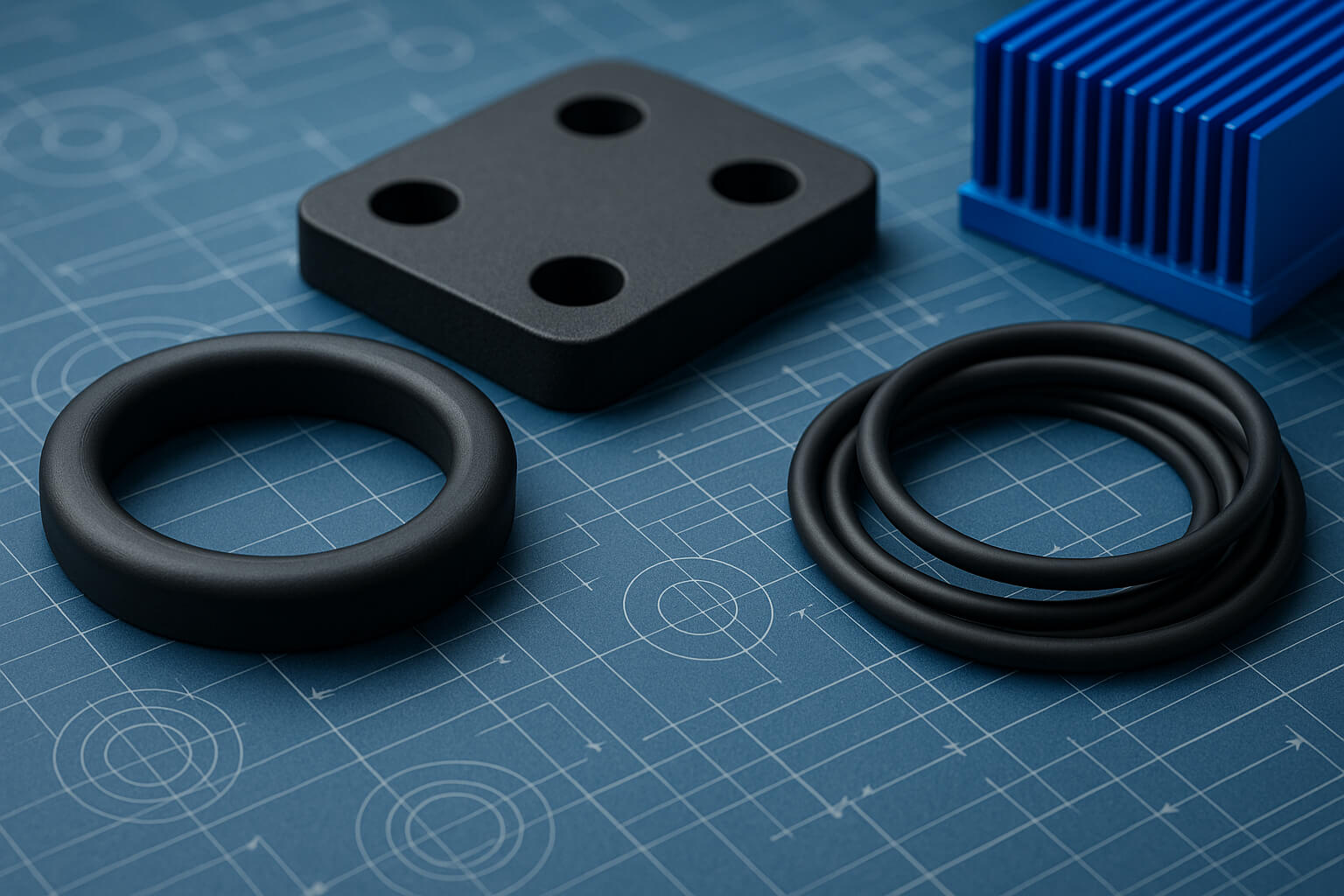
Silicone elastomers are essential materials in modern engineering, providing flexibility, durability and high-performance capabilities across various industries. Their compressibility, combined...
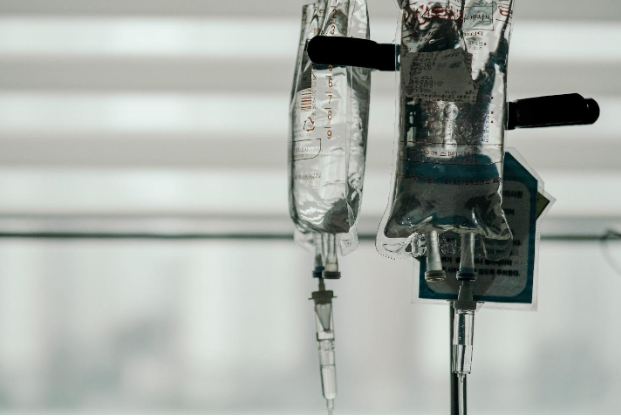
Have you designed your product build and identified that your project roadmap requires an extruded part? Or, maybe you’re not sure if forming or molding your part would be a more optimal solution. There are many factors to consider in procuring a manufacturer that can offer you the highest quality, most cost-effective answer. Let’s go over the process of extrusion, review the markets and applications often served by this type of product, and learn what alternative manufacturing options you might consider.
Let’s review application function, material type, temperature and chemical requirements, industry standard compliance, and special accommodations.
As crude and simple as this may sound, the manufacturing process of extrusion is similar to shoving playdough through the little machine to squeeze out a long line of a shape. Extrusion allows us to create parts and components of a fixed cross-sectional area. Raw materials are fed into a hopper, melted and pushed through a barrel into a die, where they are then extruded into the desired form.
“Extrusion is a technique where molten polymer is forced through a die and is used to produce components of a fixed cross-sectional area, such as tubes and rods.”
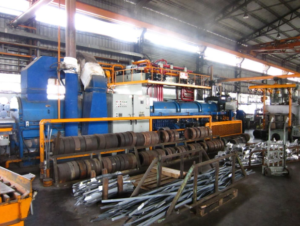
An extrusion machine with dies (Source: WikiMediaCommons)
Markets that rely on extrusion manufacturing to produce parts and components include:
Extrusion is an ideal solution for things like drinking straws, medical tubing, vinyl siding, and appliance trim.
The extrusion process requires melting of the raw materials in order to push the product through the template.
Extrusion can be of a single raw material or multiple materials.
When multiple materials are required, the process is called co-extrusion. This can be seen easily with multi-colored drinking straws.
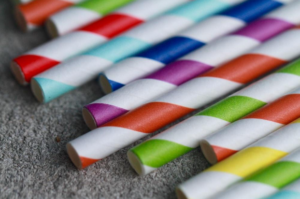
Multicolored drinking straws are an example of co-extrusion manufacturing
For our medical industry clients, co-extrusion is commonly used when manufacturing tubing for medical devices, x-ray parts and IV components. An example would be a coil or cable embedded within a plastic tube, or an internally hardened tube within a flexible outer tube.
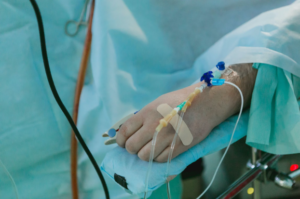
IV tubing is manufactured through co-extrusion transfer molding.
LEARN ABOUT OUR MOST COMMONLY USED MATERIALS
We commonly work with rubber compounds, polymers, plastics, silicone, neoprene and EPDM.
When deciding if extrusion is right for your product, you’ll want to ask yourself several qualifying questions. If you’re uncertain or have a less than thorough answer to any of these, our chemists and engineers will gladly consult with you to determine the best approach.
LEARN MORE ABOUT OUR ENGINEERING SUPPORT
Sur-Seal Strategic Account Specialist Brian Koelling identified 3 main steps that Sur-Seal team uses when consulting with a client on design engineering support and manufacturing processes:
“First, we want to know the application,” states Brian. “This helps our engineers consider whether your product will be exposed to extreme temperatures, chemicals, or other factors. It also assists in defining raw materials.”
“Common applications that use extruded parts are gas furnaces, cable boxes, and LED light fixtures,” he adds.
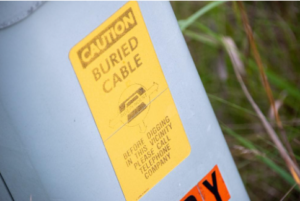
“We also need to know the environmental conditions. Where are you located geographically? Will your product be inside or outside? What industry factors and exposures must we consider? These all determine raw material selection and manufacturing process type,” Brian notes.
Will the product be exposed to extreme environments? Things to consider are geographical and physical location factors like weather, sunlight, moisture, wind and humidity, extreme cold or extreme heat.
What industry and building codes must you follow to be compliant? Some industries have strict regulations that parts and materials must align with. For instance, we produce many UL-listed products for our customers.
LEARN MORE ABOUT MARKET-SPECIFIC UL LISTINGS FOR SAFETY, QUALITY AND REGULATORY COMPLIANCE
Will there be any chemical exposure? If so, this will factor into raw material selection.
Will there be any outgassing? Proper sealing and/or ventilation must be maintained.
What other products will this part be in contact with? Integrity must be maintained between part components, so proper material choice and sealing will be paramount.
Will the components be in contact with food? You’ll have to adhere to industry standards to maintain safety and compliance.
Do I need additional customizations? Our team will gladly work with your design for cut to length pieces or sub-assembly, such as tubes with pre-installed clamps.
Prototyping is a way to quickly receive a test sample of your part or component to do a proper fit form before ordering your item at a large volume.
Many companies offer prototyping, but the benefits of using Sur-Seal go above and beyond to address some of the common flaws associated with prototyping.
Brian provided these key takeaways regarding what sets apart this trifecta team from other manufacturers offering prototyping:
We understand that different materials are cut and fit differently and are application-specific, which is why we use the exact specs of raw materials in your prototype design.
The final result? A near perfect production-ready product.
After learning about extrusion, you may find that an alternative solution is more suited for your project needs.
For high and tight tolerances, consider molding.
For complex shapes with precise bends and angles, consider formed parts.
If you’re unsure, or you’d just like expert advice on the most practical and effective solution, contact us to begin your process early. The earlier we get involved, the more we can streamline your process, save you time and save you money on your end product and project result.
We can scope out your design, collaborate, and help identify any issues with the application, making sure all components and interconnected parts are designed and manufactured synergistically and optimally.